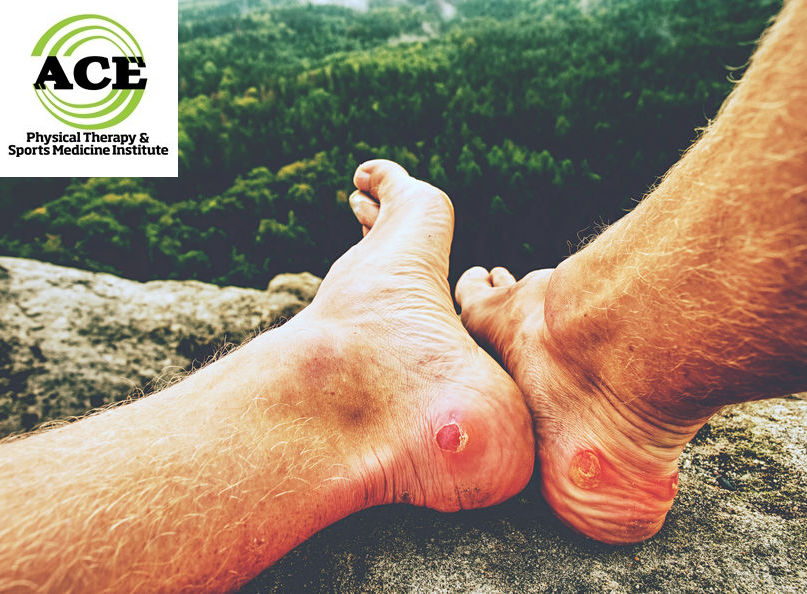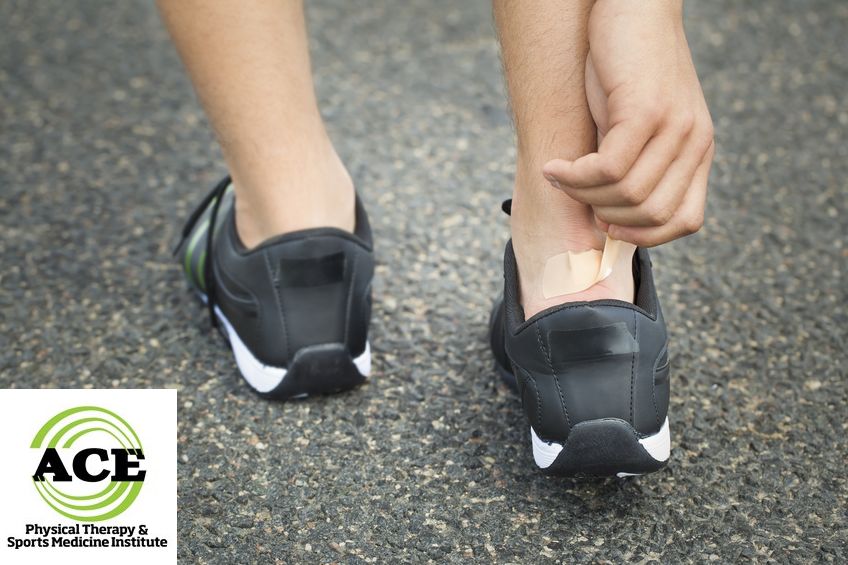WHAT IS THE BEST WAY TO TREAT A BLISTER?

Tid Bits of Info
- Bursatek bandage, Dr.Scholl’s Moleskin Plus and Moleskin have a coefficient of friction < 1.
- Foot blisters are very common: nearly 40% of marathon runners experience a blister during most marathon races.
- Military personnel report foot blisters often. During training missions, the incidence of occurrence at times is as high as 70%.
- Shear force and not rubbing causes friction blisters.
- Treat blisters by keeping them clean, drain if larger than 5mm and leave the skin “roof” on unless it has torn off.
Most of us have faced the discomfort of blisters at one time or another. People involved in military exercises, sports, and certain repetitive tasks may suffer from blisters more often. Heat, moisture, and friction are the three most common causes of blisters. Sometimes the discomfort is so great that you have to limit activities until the blister heals. Here are some tips of treating and preventing blisters.
A blister is a separation of the outer most layer of skin or in the stratum corneum section of the epidermis. The cleavage fills with fluid and looks like a little water balloon. The presence of heat, moisture and pressure have been labeled the “cause” of blisters by most healthcare professionals and lay people. These factors can play a small role in the development of a blister, but most blisters come from friction which produces a shear force that causes the skin to stretch too much or for too long. A blister can occur anywhere the skin can be “pulled” excessively causing the bones underneath to create a shear force across the epidermis that has been stretched excessively. The shear force cause a “tearing” of the epidermis which leads to the development of a blister.
The best way to treat a blister has been debated by healthcare professionals forever. Today, the most common approach to treatment is to keep them clean, drain them if they are larger in diameter than 5 mm and don’t remove the skin (roof) covering the blistered area to help keep it clean and prevent infection.

Using tape to prevent a blister has been accepted as a standard form of treatment, but the development of a blister occurs due to friction on the skin secondary to the movement of the bone underneath it. The blister does not form due to “rubbing” the outer layer of skin. Friction has a two part meaning. One is rubbing and the other is a force that resists rubbing. The sock, shoe and skin stick together for a slightly extended period of time and the bones keep moving. This creates the shear force that leads to a blister. Putting tape on the skin does not prevent the blister from occurring. Certain tape materials are better than others because they reduce the friction and allow the skin to move normally.
- Preventing blisters has to be a multi-faceted approach. There are several things that will help:
- Wear properly fitted shoes. Shoes that are too big or too small can lead to an increase in the amount of friction which can cause a blister to develop.
- Wear socks that are good at “wicking” moisture from your feet. Avoid cotton and try wear acrylic, polyester, or polypropylene materials. These do not absorb moisture and wick it away from the skin
- Try covering areas that are prone to blisters with a material that has a very low friction coefficient. One example is adhesive moleskin.
- Use petroleum jelly to help reduce friction.
Blisters can cause a great deal of pain and limit someone’s ability to function at all activity levels. Proper prevention methods can help to avoid the occurrence of a blister but if one does develop treating it properly can reduce the pain, size of the blister and possible complications that can occur if they are left untreated.
























